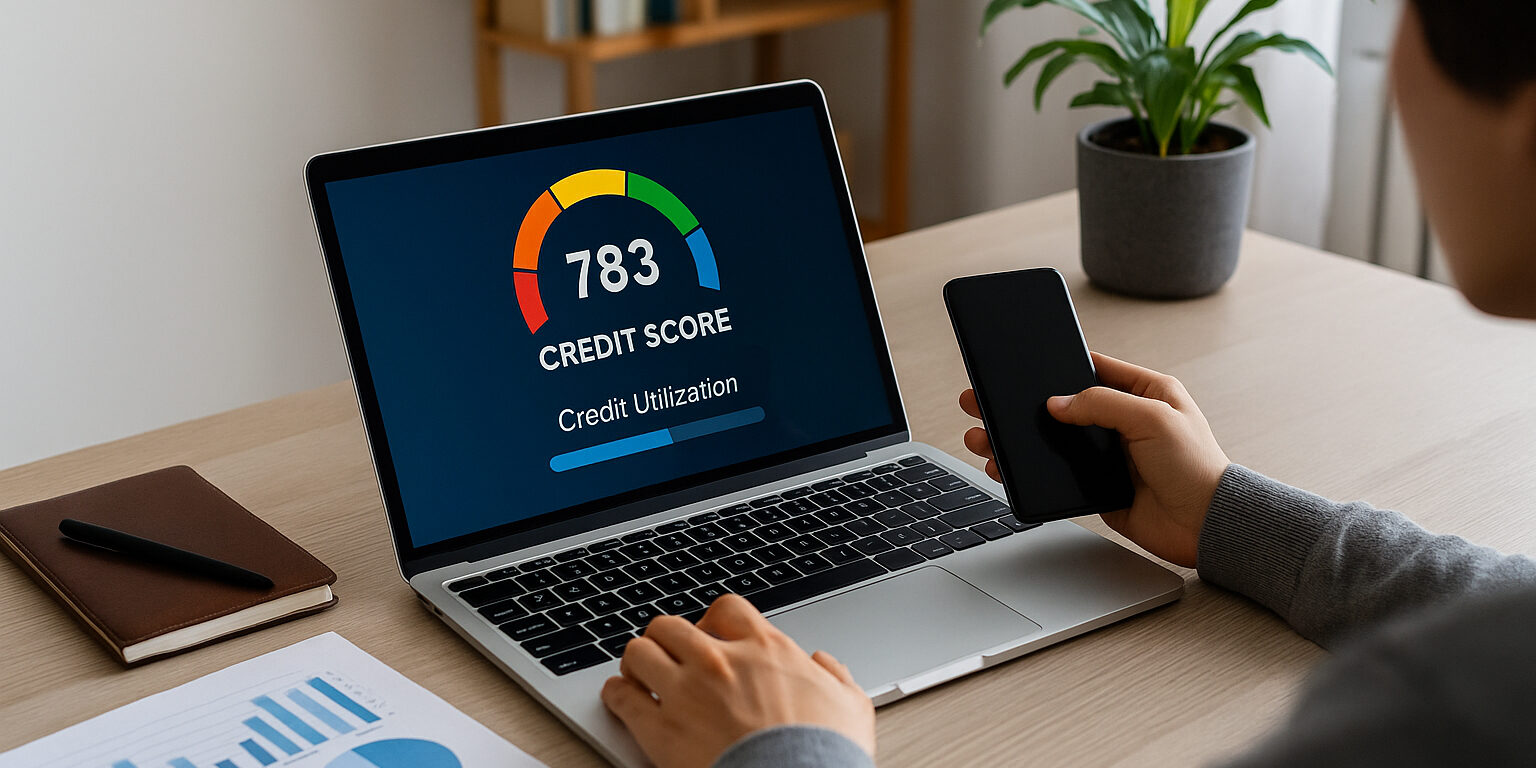Your credit score reflects your financial habits, and one of the most important factors that influences it is credit utilization. This often-overlooked metric plays a major role in determining how lenders view your financial reliability. Understanding how credit utilization works — and keeping it under control — can help you maintain or improve your credit health.
What Is Credit Utilization?
Credit utilization refers to the percentage of your available credit that you’re currently using. It’s calculated by dividing your total credit card balances by your total credit limits. For example, if you have a $10,000 total limit and you’re using $3,000, your utilization rate is 30%.
Most credit scoring models, including FICO and VantageScore, consider this ratio heavily — it typically makes up 30% of your credit score.
Why It Matters
Credit utilization gives lenders insight into how responsibly you manage credit. A high utilization rate may suggest you rely too heavily on credit or struggle with debt, which could make you appear riskier as a borrower. On the other hand, a low utilization rate signals responsible spending and strong financial discipline.
Keeping your utilization low demonstrates that you don’t depend on credit to meet everyday expenses — a key indicator of financial stability.
The Ideal Credit Utilization Ratio
Experts recommend keeping your credit utilization below 30% on each card and across all accounts. However, for those aiming for top-tier credit scores, keeping it under 10% can make a noticeable difference.
It’s also important to note that your utilization is calculated based on your statement balance, not just what you owe on the due date. Even if you pay your card in full every month, a high balance reported to the credit bureaus can still temporarily affect your score.
How to Manage Credit Utilization Effectively
-
Pay balances early or multiple times a month: This ensures lower balances are reported to credit bureaus.
-
Request higher credit limits: A larger limit automatically reduces your utilization percentage — as long as your spending doesn’t increase.
-
Spread expenses across cards: Avoid maxing out a single card by distributing purchases.
-
Avoid closing old accounts: Older cards with high limits help keep overall utilization low.
-
Monitor your credit regularly: Use free credit tracking tools to stay aware of changes in your utilization rate.
Credit Utilization and Long-Term Credit Health
While utilization affects your score in the short term, maintaining low balances builds long-term credibility. Consistently managing your available credit wisely shows lenders that you can handle debt responsibly — improving your chances of qualifying for better loan terms and interest rates.
Conclusion
Credit utilization is one of the simplest yet most powerful tools for boosting your credit score. By keeping your usage low, paying balances on time, and understanding how reporting works, you can protect your financial reputation and unlock better credit opportunities. In short, mastering your utilization ratio is a key step toward achieving lasting financial stability.






